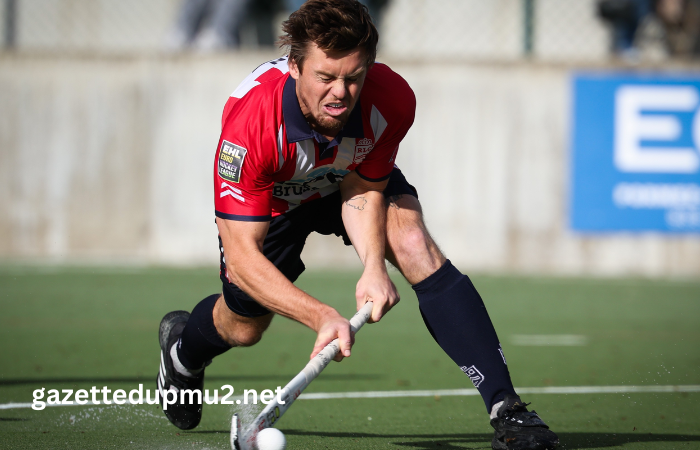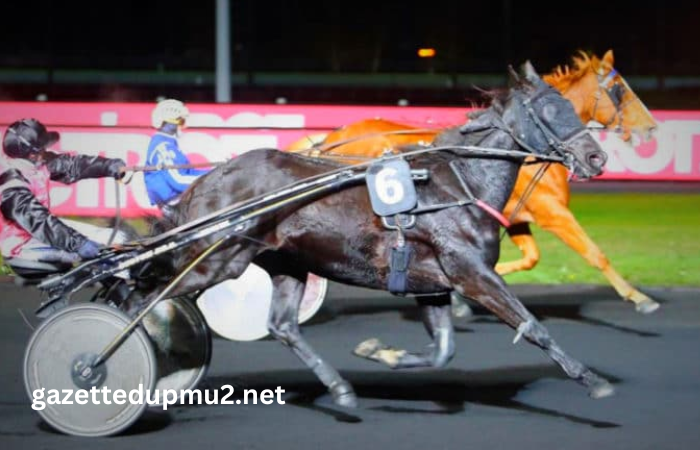Indice DE Forme

In the realm of turf betting, where precision and insight are paramount, punters seek every advantage to enhance their chances of success. One such advantage is Indice de Forme, a key metric used to assess the performance readiness of racehorses. Translating to “Form Index” in English, this concept plays a crucial role in predicting a horse’s potential performance on the racetrack. In this comprehensive guide, we delve into the intricacies of Indice de Forme, exploring its relevance and strategies to empower punters in their turf betting endeavors.
Exploring the Foundations of Indice de Forme: The Essence of Performance Readiness
Indice de Forme serves as a vital tool for punters seeking to assess a horse’s readiness for competition. It encompasses various factors, including recent race performances, training indicators, and physical condition, to gauge the likelihood of success in upcoming races. Unlike static measures such as speed ratings or past victories, Indice de Forme provides a dynamic assessment of a horse’s current form, offering valuable insights for informed betting decisions. Central to the Indice de Forme concept are the components used to calculate this critical metric. These may include recent race results, finishing positions, margin of victory, speed figures, and indicators of physical fitness. Punters carefully analyze each component to develop a comprehensive understanding of a horse’s current form and potential for success in upcoming races. By considering multiple factors, punters can make more accurate assessments and strategic betting decisions.
Interpreting Indice de Forme Trends: Patterns and Predictive Insights
Indice de Forme is not just a static number but a dynamic indicator that evolves over time. Punters monitor trends in a horse’s form index to identify patterns and glean predictive insights for future races. For example, a steady increase in Indice de Forme may indicate improving performance and potential for success, while a declining trend could signal declining form and decreased chances of victory. By interpreting these trends, punters can adjust their betting strategies accordingly. Several factors can influence a horse’s Indice de Forme, ranging from training regimen and physical condition to external variables such as track conditions and jockey performance. Punters meticulously analyze these factors to assess their impact on a horse’s readiness and form index. By understanding the determinants of Indice de Forme, punters can make more informed predictions and strategic betting decisions based on current conditions and potential outcomes.
Utilizing Indice de Forme in Betting Strategies: Maximizing Predictive Accuracy
Indice de Forme serves as a cornerstone of many advanced betting strategies, providing punters with valuable insights to inform their selections and wagers. Punters may use Indice de Forme as a primary factor in handicapping races, prioritizing horses with strong form indexes for their bets. Additionally, punters may incorporate Indice de Forme into broader betting systems or algorithms to optimize predictive accuracy and maximize returns on their investments.
Conclusion
In the digital age, punters have access to a wealth of tools and resources to enhance their use of Indice de Forme in turf betting. Online databases, racing forums, and specialized software programs offer valuable data and analysis tools to assist punters in calculating and interpreting form indexes. By leveraging these resources, punters can gain a competitive edge and make more informed betting decisions based on Indice de Forme insights.





